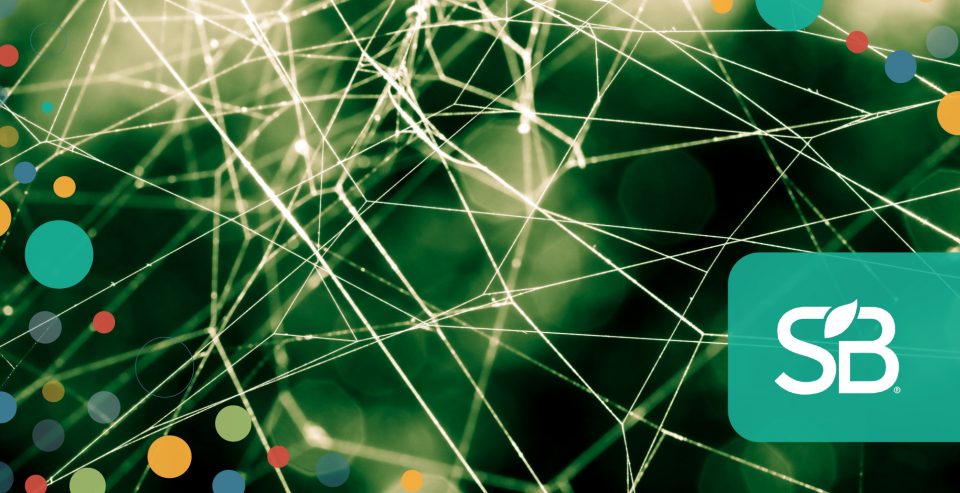The pandemic-induced supply chain hurdles represent a reboot opportunity for companies. Here, we examine how companies can leverage modern integration technology to both improve supply chain performance and address sustainable supply-chain management practices.
Without a doubt, the world’s supply chains have been put to the test in the past
18 months — as market demand and availability of supplies became unpredictable
thanks to COVID-19 disruptions. In planning investments and upgrades to meet
these supply chain challenges, we’re usually focused on solving consumer goods
shortages — backlogs on raw materials to make pharmaceuticals, for example; or
the severe semiconductor
shortage
that’s holding back production of cars and electronic devices.
Less often do we take the opportunity to rethink how these investments might
also help with climate change and conservation through adoption of more
sustainable supply-chain management systems and practices. In truth, the
pandemic-induced supply chain hurdles represent a reboot opportunity on both
fronts. Let’s examine how companies can leverage modern integration technology
to both improve supply chain performance and address sustainable supply-chain
management practices.
Digital transformation to meet both performance, environmental goals
As the pandemic continues, we have seen accelerated digital transformation
efforts as companies scramble to adjust to wild supply chain disruptions. Adding
to the challenge is the fact that consumers’ high expectations for service and
convenience have, if anything, grown even more demanding as people do more
transactions and activities
online.
Digital transformation of the supply chain is therefore seen as a way to meet
these consistently high customer expectations by having more resilient systems
behind the scenes to quickly adapt to changes in component availability,
transport logistics and other supply chain variables. In mounting these
transformations, managers are typically focused squarely on boosting revenue and
assuming more control over delivering a better customer experience.
But there’s an added benefit to this model, as well: It’s arguably better for
the environment. That’s because, as organizations strategize their digital
investments in supply chain, they can produce more efficient and cost-effective
operating models that will enhance both resiliency in the face of shifting
markets, as well as create as a more sustainable and energy-efficient operation.
For instance, in the Logistics and Transportation sector, the same modernization
efforts to ensure resiliency have also become a growing focus
area
for innovative “green” initiatives driven by consumers, investors and business
partners for freight carriers to reduce emissions and help make vehicles and
supply chains “cleaner.”
Designing the right solution
To be both efficient and sustainable, supply chain managers need to make
integration technology a central focus as they roll up their sleeves to
implement digital transformation. That’s because much of what makes for a
successful sustainable supply-chain management strategy happens at the
fundamental level of integration technology.
Integration technology helps provide visibility and control across the entire
supply chain ecosystem to make data-driven, real-time decisions around
everything from inventory status, manufacturing slowdowns and supply shortages
to logistics, transportation, delivery schedules, pricing changes and more.
Your integration technology approach will likely involve Electronic Data
Interchange (EDI) — a mainstream integration software that has been around for
years. A mainstay for countless manufacturers, retailers, suppliers, carriers
and shippers to move orders through the supply chain, EDI is much simpler,
faster and more accurate — and therefore more sustainable than doing paper
invoices or purchase orders manually.
Beyond this, with the advent of complex cloud and hybrid cloud environments,
we’re now living in an Application Programming Interface (API)-first
universe. So, to enhance resilience and sustainability, organizations need to
accommodate both API and EDI integration workflows seamlessly. This should
ideally be done by combining these capabilities on a single platform that
enables simultaneous management of both.
Integration is the backbone
These are just a few of the key factors in addressing integration technology.
And while each organization will need to customize its approach somewhat to suit
its unique business needs, it’s clear that integration technology can be the
backbone of the right modern, cloud-based integration platform specifically
designed for today’s B2B businesses to keep both sustainability and
profitability top of mind.



